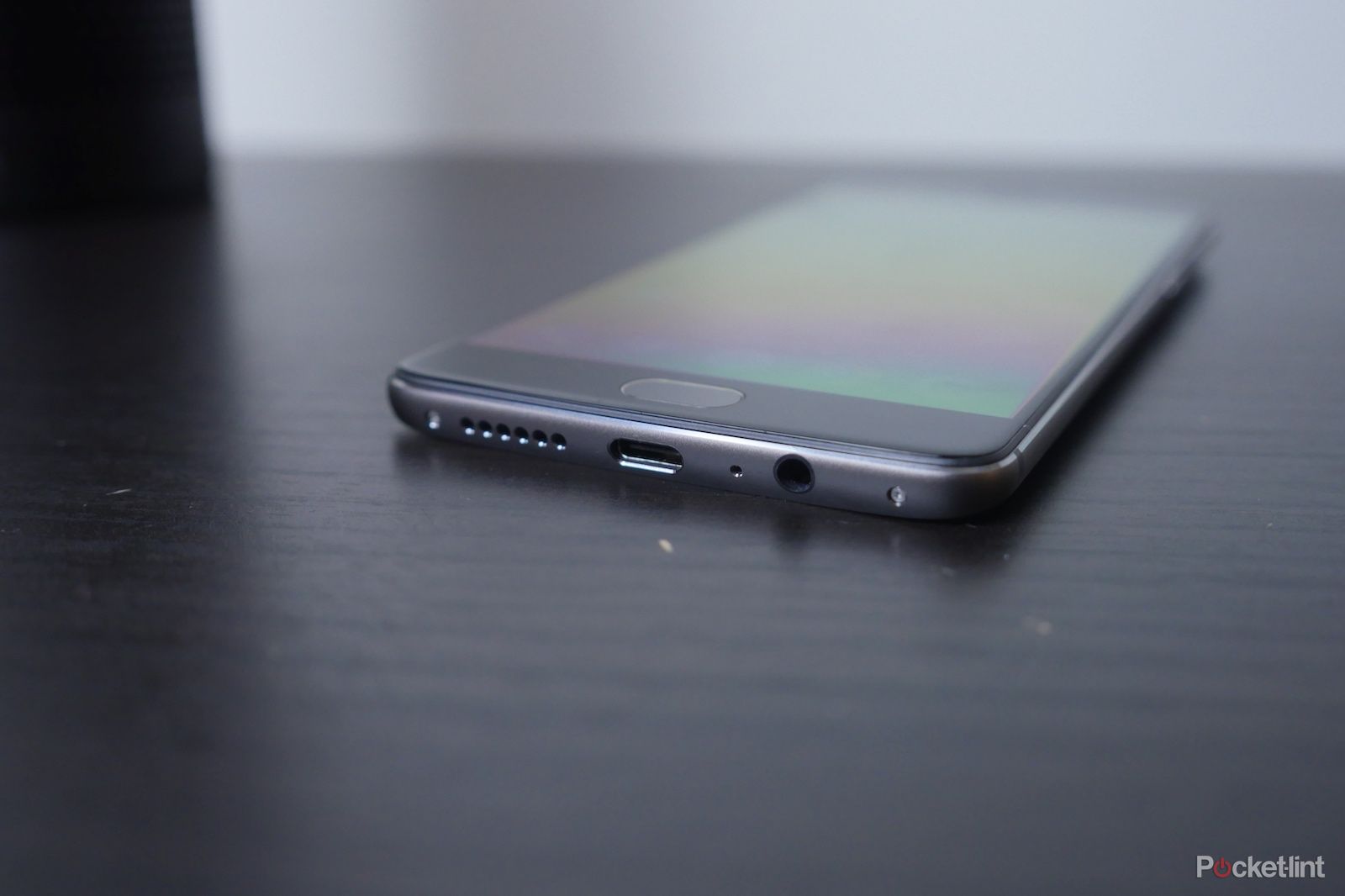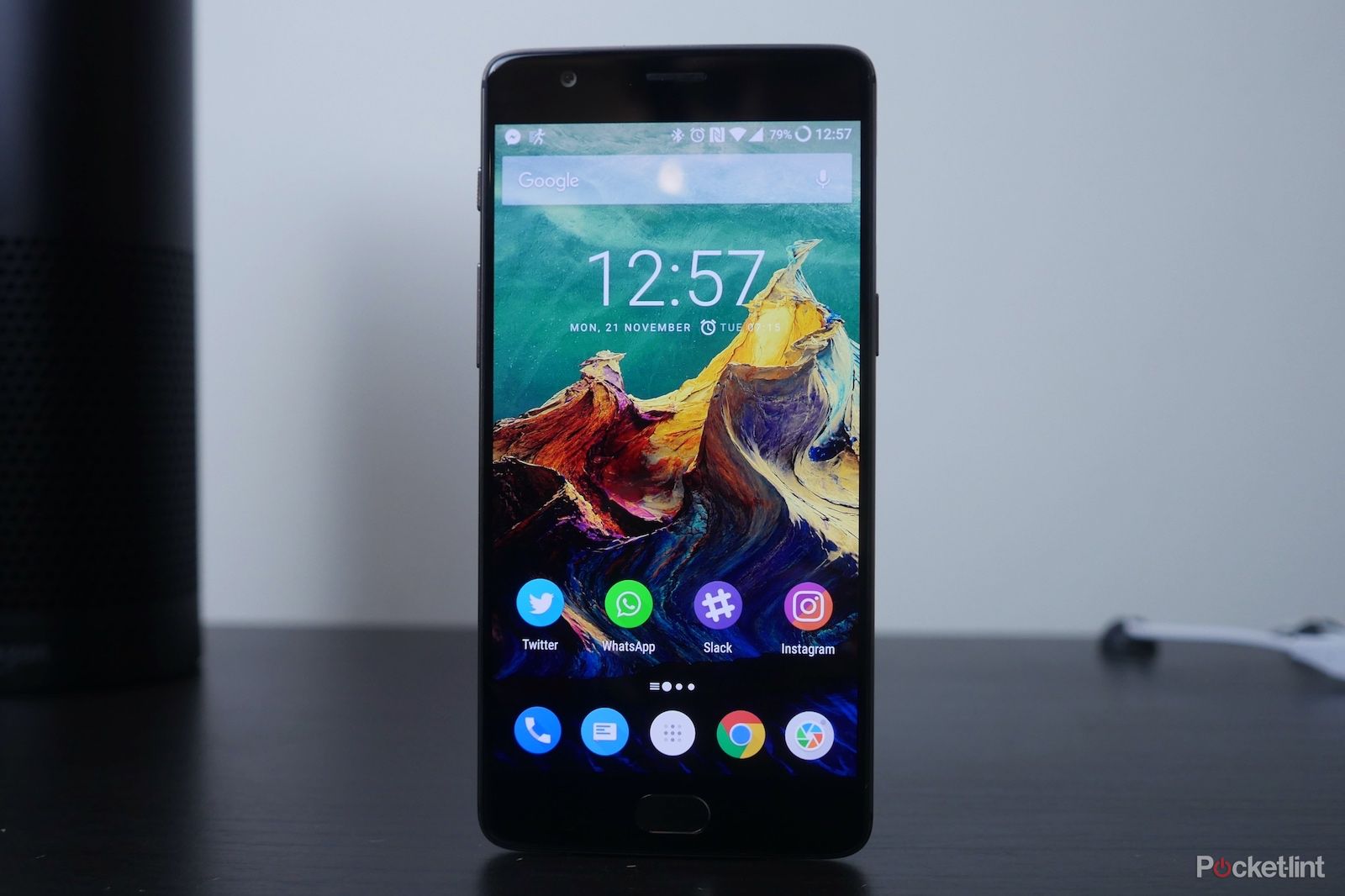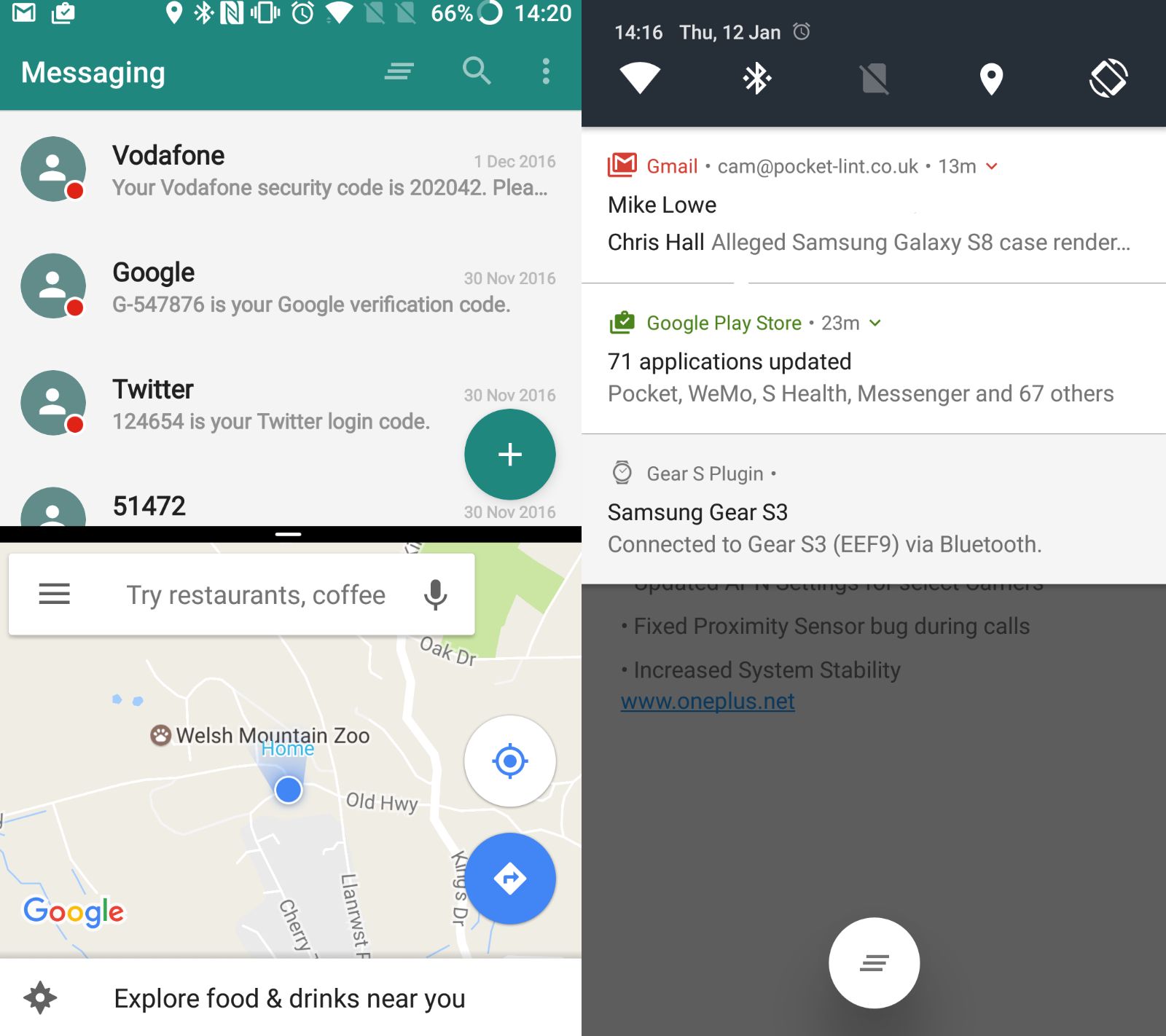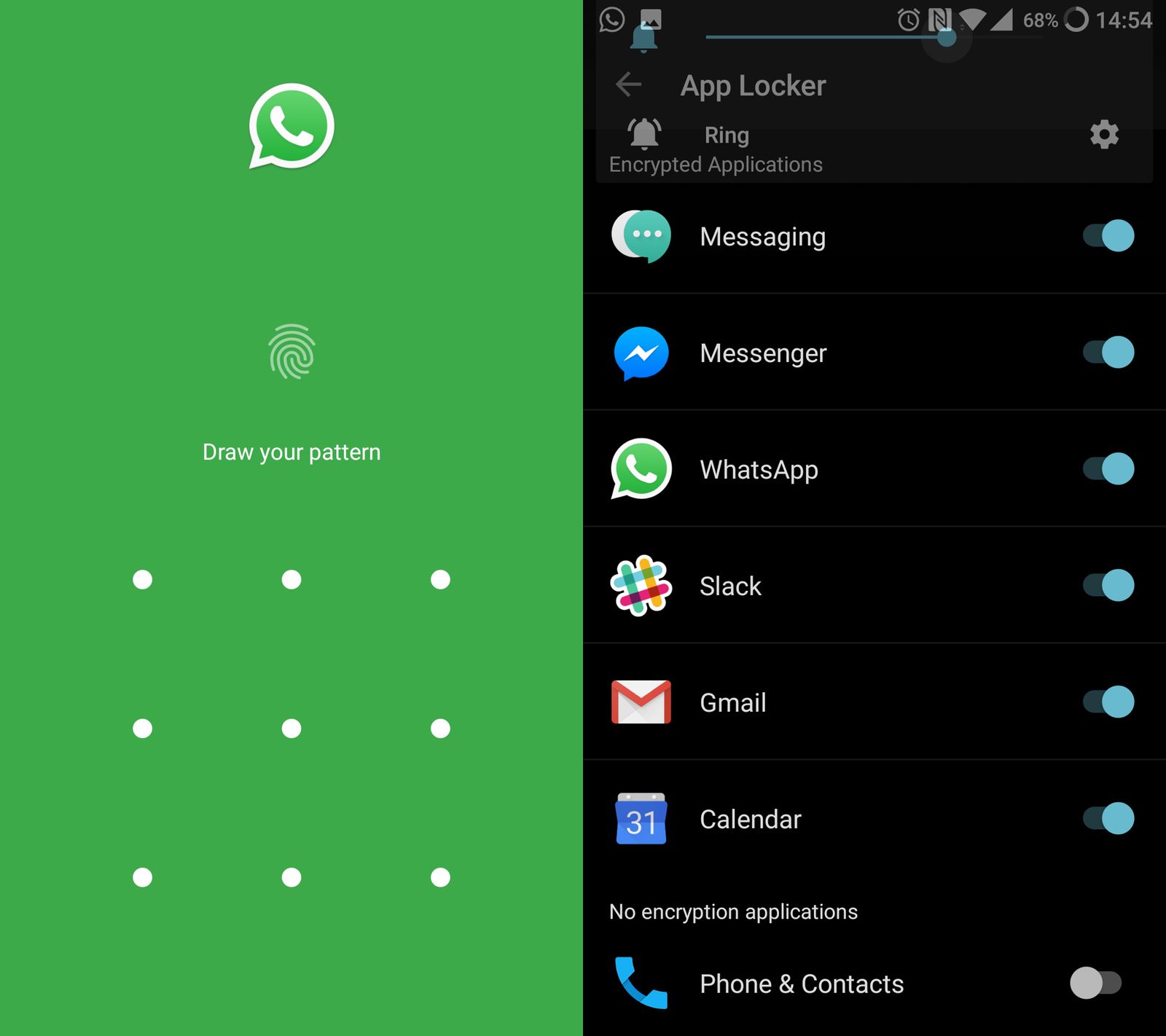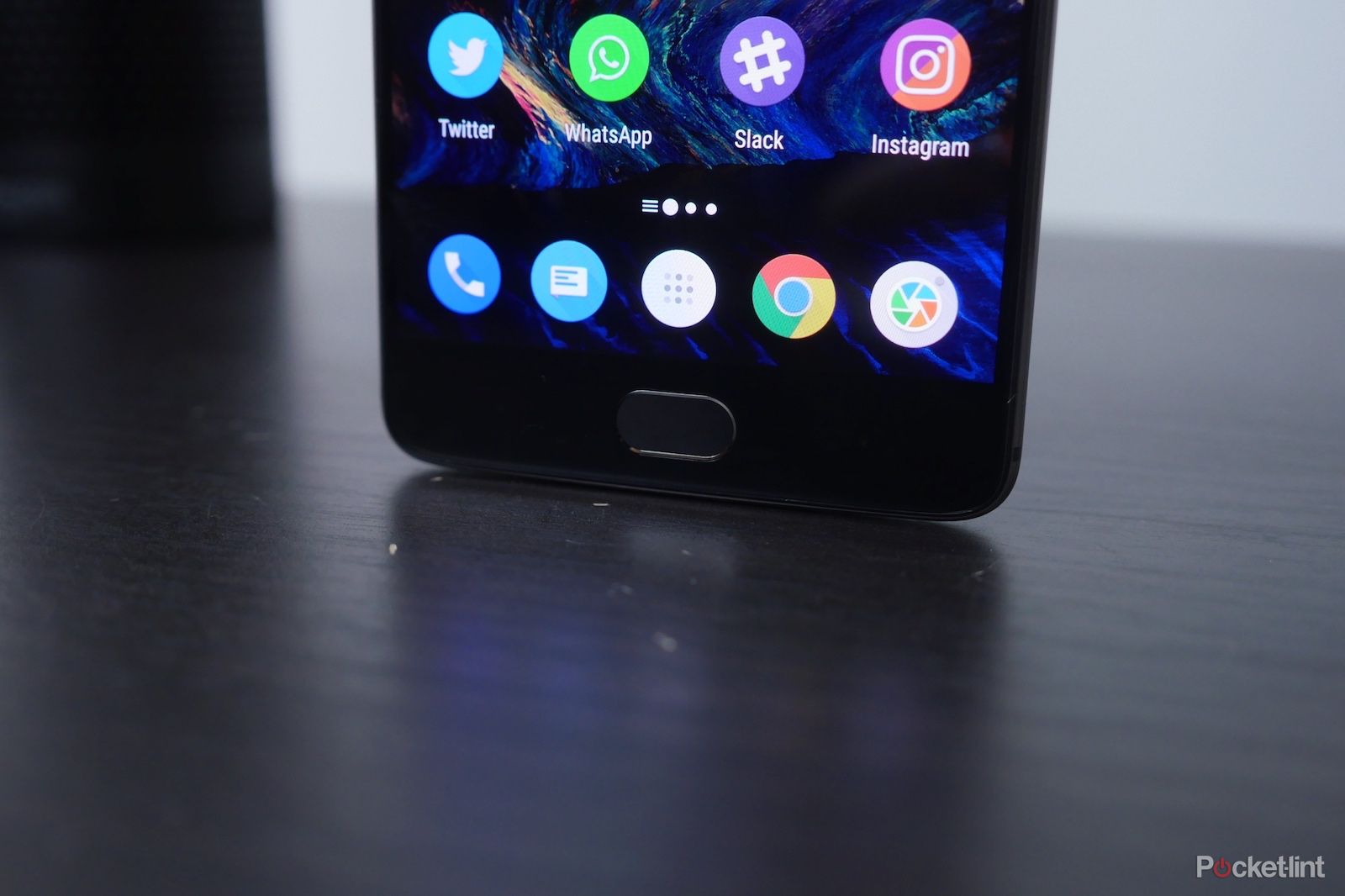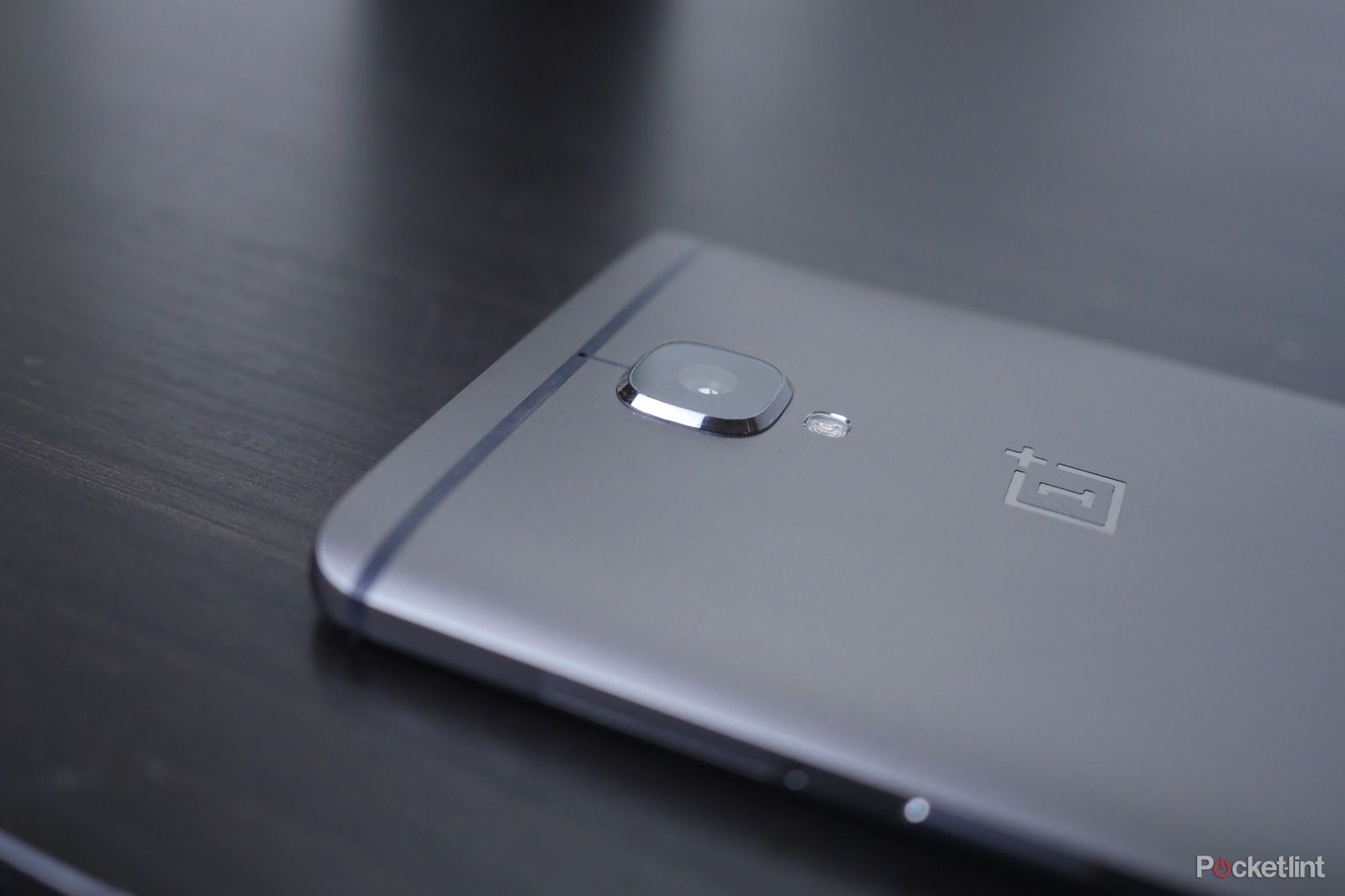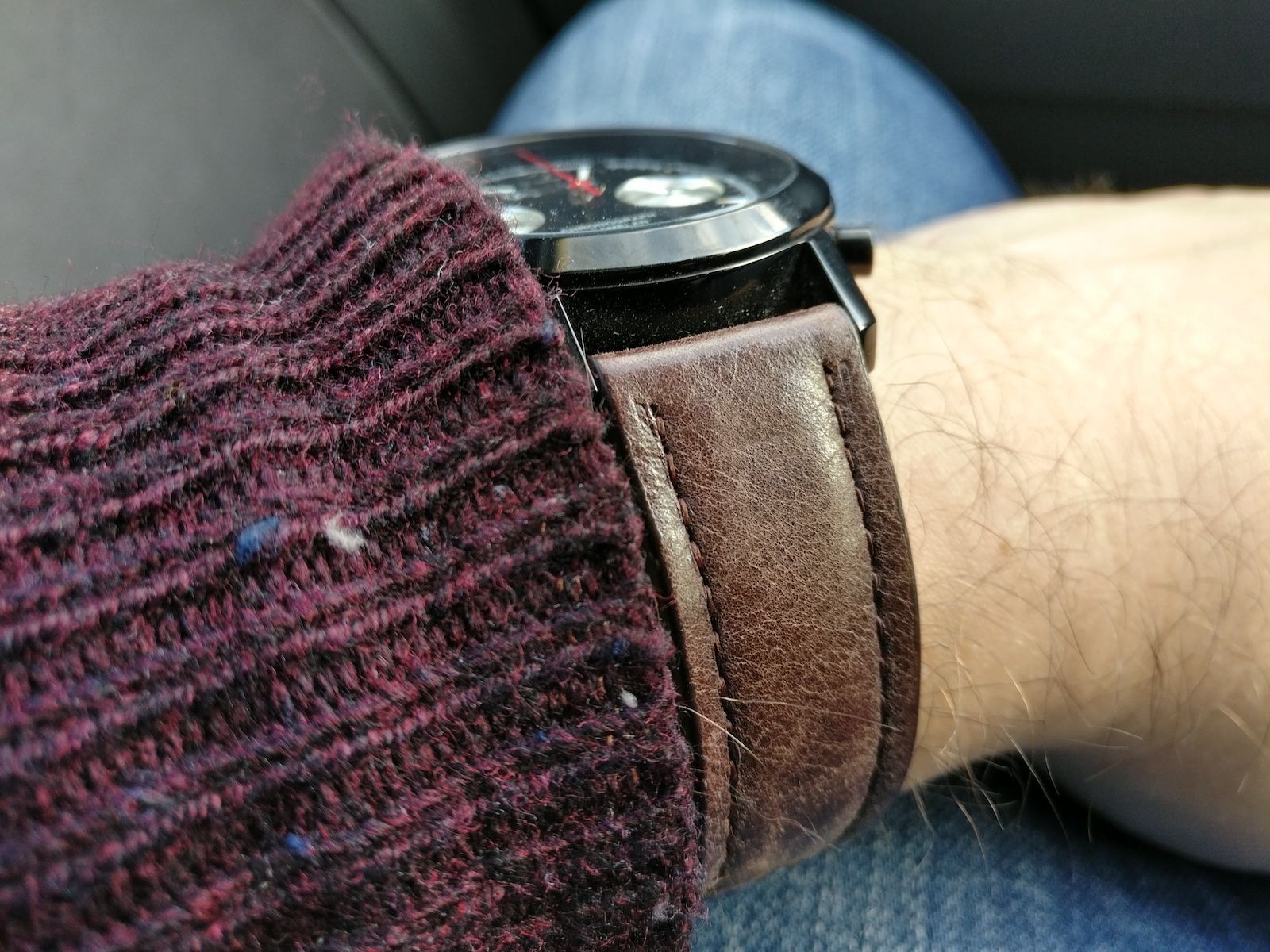What do you do when you have an already-great smartphone and access to parts that can improve it? If you're a traditional smartphone maker, you'll more than likely wait around 12 months before putting those upgraded parts into a slightly newer chassis.
Our quick take
Like its predecessor, the OnePlus 3T is a brilliant smartphone, regardless of the bump in price. Its build quality and design is up there with the best of them, it has a vibrant and punchy display and a battery that can last practically all day on a 30 minute charge. There's very little to criticise.
If we were paying £600-£800 for a 3T, then we would be critical of its Full HD (1920 x 1080) resolution display, or the camera not quite performing at the same level as some flagship phones. But the OnePlus 3T isn't even £400 and, frankly, it'd still be a great buy at £500 or more.
It's unavoidable that OnePlus will receive criticism from some for charging £60 for what is a marginally upgraded version of the OnePlus 3. But the 3T is a better, faster phone with an improved battery and front camera.
The OnePlus 3T retains OnePlus' crown of offering the best mid-priced phone with flagship performance that money can buy.
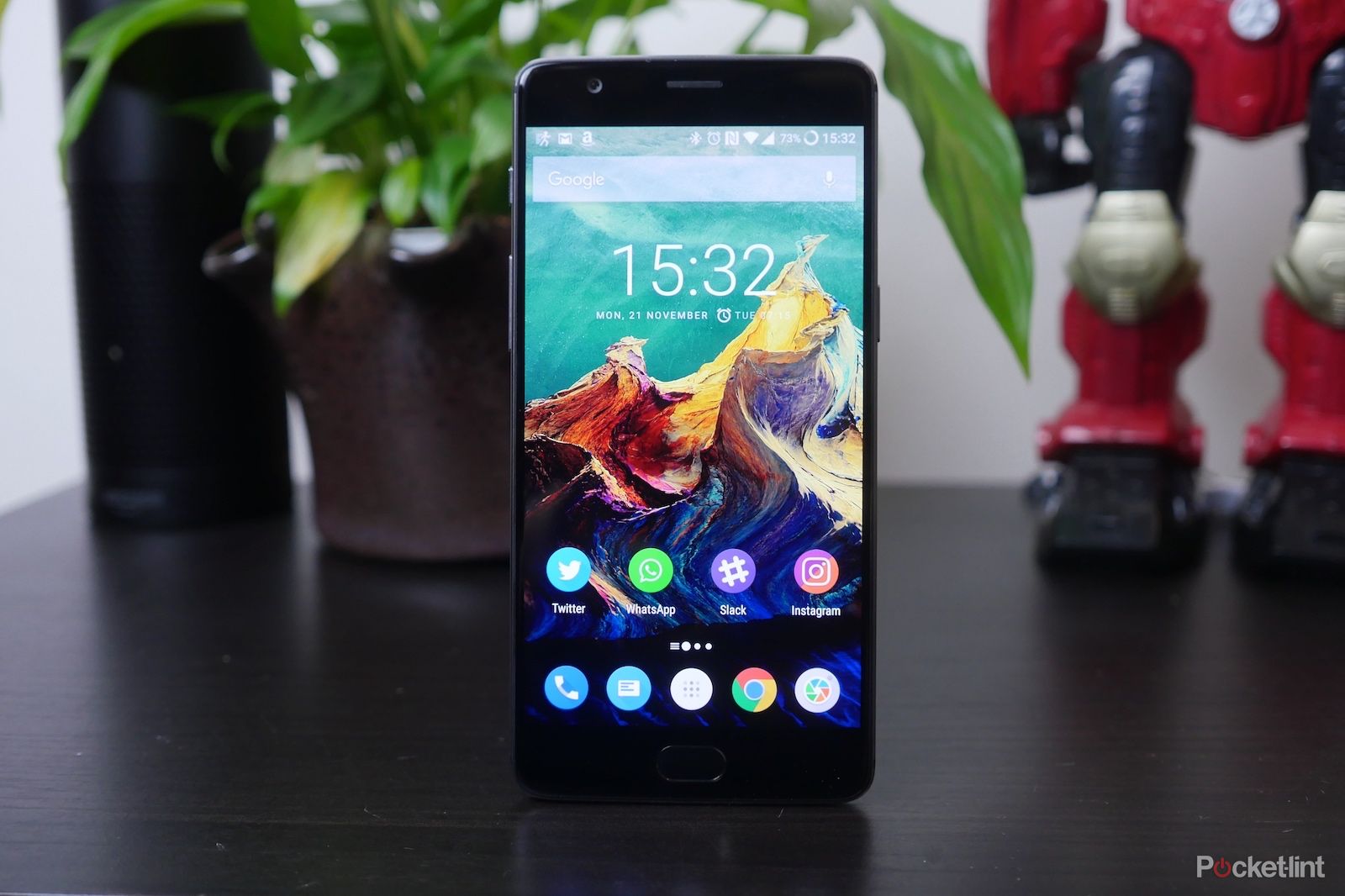
OnePlus 3T - 5.0 / 5
|
FOR |
AGAINST |
|---|---|
|
|
If you're not and you like to think a little differently to the mainstream manufacturers, then you use them to make a great smartphone even better. Which is exactly what OnePlus has done with the OnePlus 3T - the slightly pricier, yet even more awesome, mid-price phone that's good enough to take on the flagships.
How is the OnePlus 3T different to the OnePlus 3?
- New Gunmetal grey colour
- Camera is now protected by sapphire glass
From an aesthetic standpoint, there are no visual changes to the styling and design of the phone: the OnePlus 3T looks identical to the OnePlus 3.
OnePlus' smartphone is carved from a single piece of high-end aluminium alloy. Its back has a comfortable and purposeful curved finish, with gently rounded edges to match. It feels both solid and comfortable in the hand, just as the OnePlus 3 does.
While the main body's build and materials are identical, the glass covering the camera has been upgraded. We now have sapphire glass, which is harder and far better at resisting scratches.
The textured notification priority slider sits on the left edge, near the top, about a thumb's width above the slim volume rocker. On the opposite side, the power button is joined by the dual SIM tray which, sadly, still doesn't have the option of slipping in a microSD card to expand the storage.
One thing that must be applauded is the attention to how these buttons feel when they're pressed. They have a solid click, giving great feedback in use.
There's a Type-C port, speaker grille, microphone and 3.5mm jack all in a row on the bottom edge, while the top edge is completely port-free.
While the phone looks exactly the same as the OnePlus 3, the company did create a new Gunmetal Grey finish - which is noticeably darker than the OnePlus 3 in Graphite finish.
How large is the OnePlus 3T?
- 5.5-inch 1080p AMOLED display
- Covered in Corning Gorilla Glass 4
On the front is a 5.5-inch 1080p full HD display, providing a window to all your games, videos and apps. Like its lesser-powered sibling, it's OnePlus' Optic AMOLED display. That means you get the same vibrant colours and really deep blacks.
To really see the strength of this AMOLED panel, it's worth using the system-wide dark theme which changes the settings menu's background to be completely black, offset with contrasting colours which are more pastel than the highlighter-neon found in the older software. It'll probably help the battery life too.
Being Full HD (1920 x 1080) rather than Quad HD (1440 x 2560) does mean you don't quite get the same level of detail as you would on some other flagship phones, like the Pixel XL. From arm's length, everything on the 3T looks sharp and clear enough though.
Bringing it a little closer to your face reveals that rounded icon edges and curves in fine text aren't quite as smooth as you'd find on a higher-resolution screen, of course. Still, things are smooth enough when using the phone normally, not pressed right up against your nose.
Being Optic AMOLED, the 3T also has the same dual polarising layers built in to help make it more visible in daylight. For the most part, this works well. The screen is relatively easy to see in most lighting conditions.
All this means that, for the average day made up of video watching, mobile gaming and watching all your friends doing the mannequin challenge on Snapchat, the screen holds up well. It's a great canvas for all kinds of media, especially if what you're viewing is colourful.
What software does OnePlus 3T run?
- OxygenOS based on Android 7.0 Marshmallow
- Enhanced Doze mode for better battery life
- New Shelf is cleaner and more refined
OxygenOS is back yet again in a version of the software which OnePlus says is more refined. Building on the success of previous iterations, it retains its lightweight and fluid properties while maintaining the customisation choices.
The 3T initially launched running a version based on Android Marshmallow, but was updated to Nougat right at the beginning of 2017. While it retains what makes OxygenOS great, it also brings on board many of the Nougat features we like.
- Android 7.1 Nougat review: Subtle but super-sweet OS update
- Android 7.1 Nougat tips and tricks: Get your teeth into Google’s gooey goodness
Android Nougat brings the redesigned settings app, complete with the ability to change icons and font sizes, and with the main menu sidebar for quick access to the main sections. It also has the updated notifications with quick reply and - for the first time on a OnePlus phone - split screen multitasking.
The Shelf - OnePlus' screen used to give you handy access to your favourite contacts, apps and widgets - has been updated with a cleaner look. The font at the top of the screen has been tidied up, and the cards showing various widgets are now all white for a more uniform look. You can still add all your most used apps and widgets here as you could before, it just looks a little tidier.
Other changes include the ability to customise which quick-access icons you want in your drop-down quick settings shade. You can also setup some apps to be private and only accessible by password or fingerprint scan - which is particularly useful if you don't like kids checking through your personal messages, or if your work emails and calendar need to be kept private.
In an upcoming software update, OnePlus is going to include the ability to take longer screenshots. Just like some of Samsung's latest phones, you'll be able to snap a screenshot and then keep scrolling to get as much of an image, web page or text as you need. There are also updates to the voice over and weather apps.
A lot of what makes OxygenOS so great is its customisability, and that stays in the latest version. You can change many aspects of the phone's appearance, and even download custom icon packs.
One small feature we enjoyed was that the software automatically normalises app icon sizes so that they're all the same size, even if they're not all the same shape. Although you can change them all to be round or square using the built-in icon packs.
Does the OnePlus 3T perform better than a flagship?
- 2.35GHz quad-core Snapdragon 821 processor
- 64GB or 128GB storage options
- 6GB RAM
On the hardware side, OnePlus has ramped things up a notch in the 3T by replacing the 2.15GHz Snapdragon 820 processor of the OnePlus 3 with an even more powerful 2.35GHz Snapdragon 821 chip.
More importantly, it means that - from a hardware perspective - OnePlus' latest device could be capable of running Google's Daydream VR system. Sadly, it doesn't seem that implementing Google's VR compatibility is high on the company's agenda - that's what we concluded after an interview with OnePlus' co-founder Carl Pei.
The SD821 processor sits alongside 6GB RAM, which is more than enough to handle multiple tasks on a smartphone of any kind. It's worth noting that this RAM isn't all used for multi-tasking apps. A third of it (2GB) is reserved for a dedicated camera function which shoots multiple shots at once and chooses the best one whenever you snap a picture.
Overall, the OnePlus 3T is zippy and can load even the most graphically intense games without much trouble. While it's hard to notice a huge difference between the OnePlus 3 and 3T in terms of speed, there does appear to be a slight increase in responsiveness and decrease in load times. Neither improvement is ground-breaking, though, and certainly not worth considering the switch for that reason alone.
How long does the OnePlus 3T last per charge?
- 3,400mAh battery
- Dash Charge
One notable improvement comes in form of a beef-up battery. Rather than stick with the same 3,000mAh capacity cell found in the regular OnePlus 3, the 3T has a more capacious 3,400mAh battery. In real-life use, that means the new flagship killer lasts even longer. Always welcome.
While the regular Google Doze mode - which puts apps to sleep when not in use for a given period of time, as launched in Android Marshmallow - was great at preserving battery when a phone was sat still and in standby mode, the new enhanced Doze mode performs the same function while the phone is in your pocket, purse, or wherever you happen to store it. The phone doesn't have to be sat still. As long as it's in standby, Doze does its thing and stops your phone from draining the battery when it's not in use.
We found with light use the OnePlus 3T made it to bed time with just under 50 per cent of its capacity remaining. With more moderate use (including a couple of hours worth of gaming), it had around 30 per cent left at the end of a day. It's not quite a two day battery, but it's close, and its Dash Charge capability means super quick top-ups at the plug.
OnePlus' Dash Charge tech - which bears a striking resemblance to the VOOC charging offered by Oppo - can give you a full day's battery from a 30 minute charge. Or, at least, that's the marketing spiel from OnePlus. In real life, plugging it in for 30 minutes can easily get the battery from the dreaded 15 per cent level to around 70 per cent charge.
This kind of charging completely changes charging behaviour. Rather than plug the phone in over night, you can leave it off charge and then plug it in when you wake up, go for a shower, have breakfast, then take it off charge on your way out and be confident it should last you the day.
Is the OnePlus 3T's camera good?
- 16MP front and rear cameras
- Upgraded EIS on rear snapper
- Manual controls and RAW support
On the camera side, only the front camera has had a notable upgrade. OnePlus boosted the selfie cam's sensor to 16-megapixels and introduced what it calls "Intelligent Pixel Technology". In essence, when shooting in low-light conditions with the front camera, pixels join forces to bring in more light and give you a selfie with less image noise and more brightness.
What we've found with the selfies is that - and like so many other front-facing cameras - there's a tendency to soften skin to excess and leave faces devoid of any detail. In low-light conditions, it does well at capturing as much light as possible, but that can mean some areas can become overexposed and washed out.
On the back, it's the same 16-megapixel sensor as before, but with some useful improvements.
First off, the stabilisation has been upgraded. Videos now seem more stable, thanks to the enhanced EIS (Electronic Image Stabilisation) algorithm. With OIS (Optical Image Stabilisation) and PDAF (Phase Detection Autofocus), OnePlus claims you can capture crystal clear images in just 0.2 seconds.
In use, the camera is very fast and takes shots almost instantaneously, although results aren't quite as detailed, vibrant or balanced as those from the Google Pixel, Samsung Galaxy S7 or Apple iPhone 7 families.
That's not to say the OnePlus 3T is not good, it's still a very capable camera - especially considering the price of the handset. It does a fairly good job in low light, particularly when manual settings are chosen. In automatic mode, you will find some shots are a little blurry in these situations.
Like the OnePlus 3, there are a handful of smart capture technologies built-in to the OnePlus 3T. Dynamic De-noise helps to reduce image noise in low-light shots by smoothing it out, while HQ Mode enhances details by sharpening lines. Auto HDR (high dynamic range) kicks in when the conditions call for it, and Smile Capture takes pictures automatically when it detects a smile.
Those who take mobile photography seriously will be pleased to know that the phone still supports Raw files. This means if you want to edit them on more professional software after taking them, digging deeper into the available adjustments without loss, then you now can.
The camera app also has a small selection of manual controls to adjust elements like the ISO sensitivity, white balance, focus type and shutter speed. Amazingly, the last of those can be set to be open for up to 30 seconds, which is enough to make night time almost look like day.
To recap
The OnePlus 3T retains OnePlus' crown of offering the best mid-priced phone with flagship performance that money can buy.

